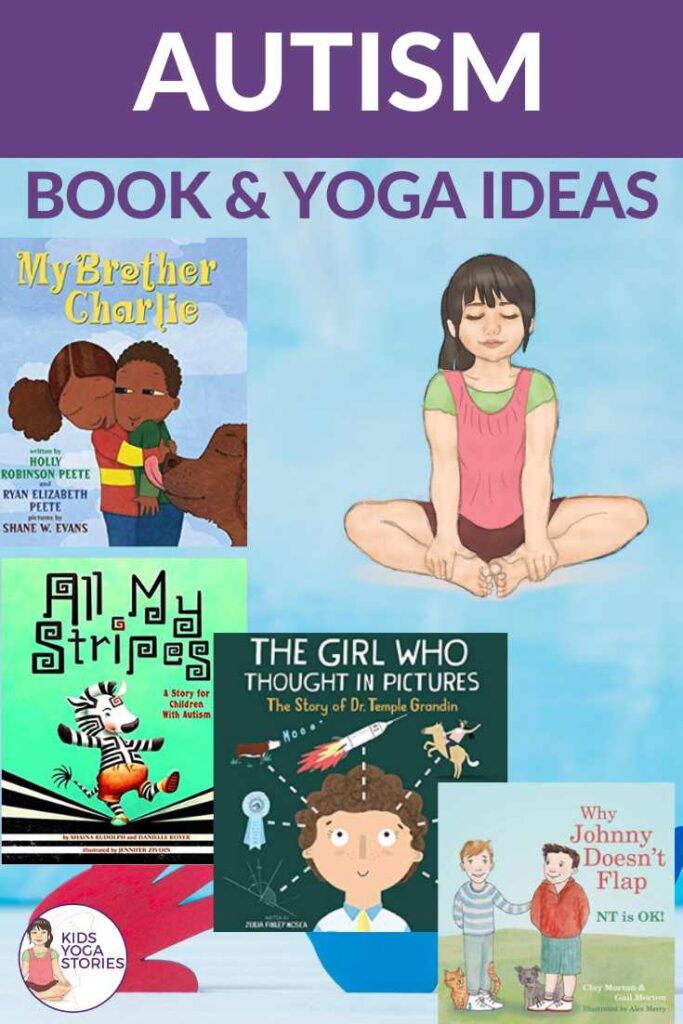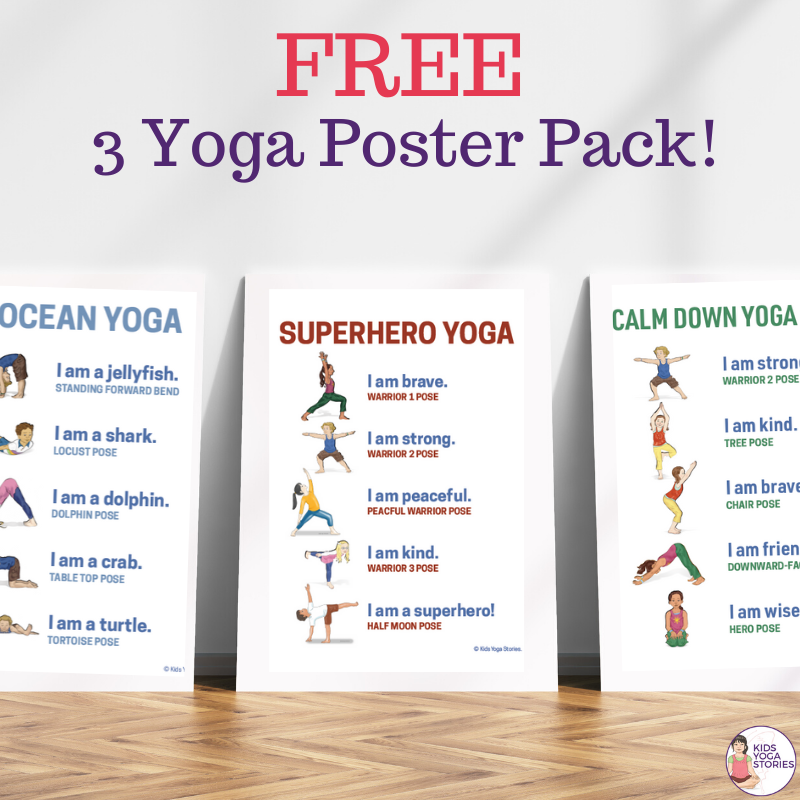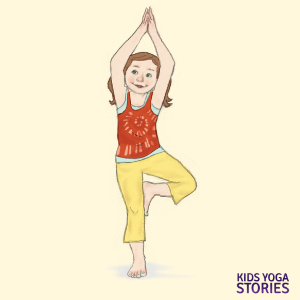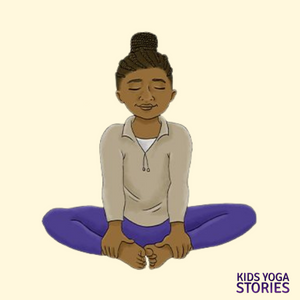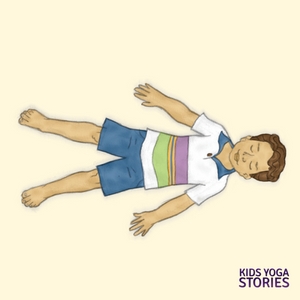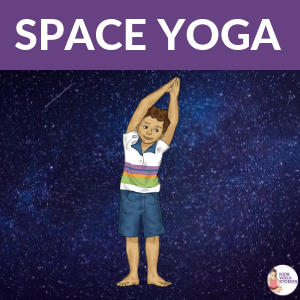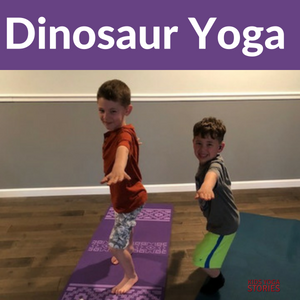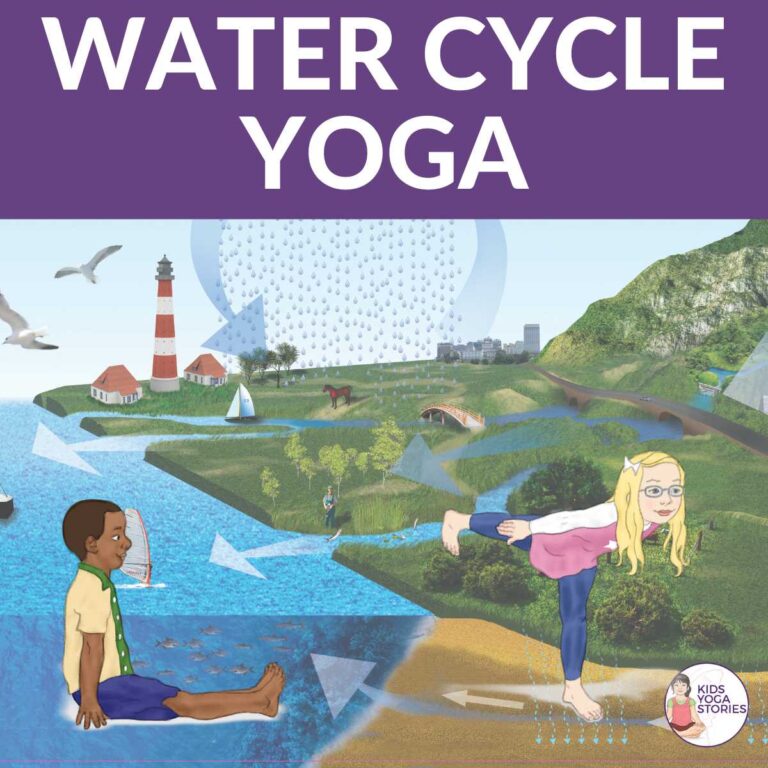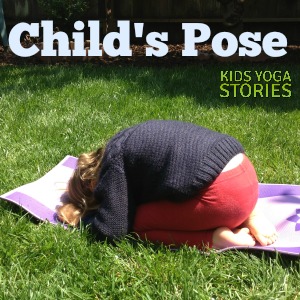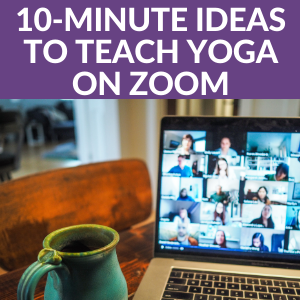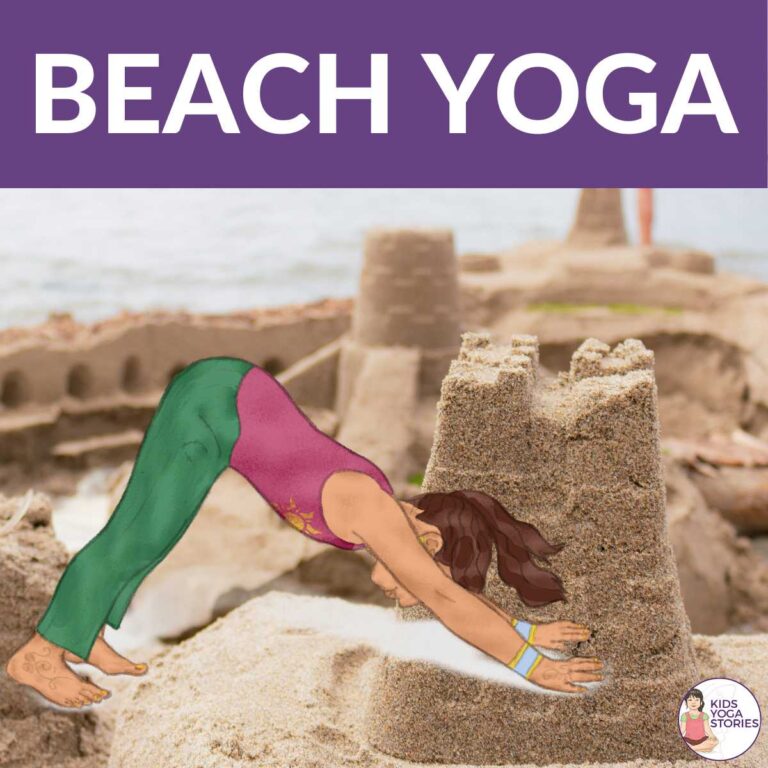Autism Books and Yoga Poses for Kids
My daughter’s first grade teacher recently sent home a list of books on autism. One child in her grade has autism, and the classes are working together to build tolerance and awareness to this developmental disorder.
I worked with children with autism a few times during my years as a teacher, and I was particularly interested in this mental condition during my studies at university. My daughter and I once again went to library to take out all the books on the class list. I also asked a few of my kid blogger colleagues for their book recommendations.
As we read these books about autism, each one gave us an opportunity not only to learn about autism, but also gave us a chance to talk about our special characteristics and to be compassionate to other children for all their differences.
The yoga principles “Ahimsa” can be translated as “non-violence” or “non-harming.” To follow this principle is to treat others as we would like to be treated and send loving-kindness to everyone around us.
My daughter and I talked about the two children she knows who have autism and what she can do to make them feel included, learn how to read their signals, and embrace their uniqueness. It was an incredible and surprisingly fruitful conversation. For me again, seeing the power of children’s literature as a springboard to talk to children about potentially difficult topics was a miracle.
I hope the books below will also offer you an opportunity to help build empathy, tolerance, and awareness of autism so that our communities can grow together and learn to accept each child for their special qualities.
Our Top 3 Favorite Books about Children with Autism
This article contains affiliate links.
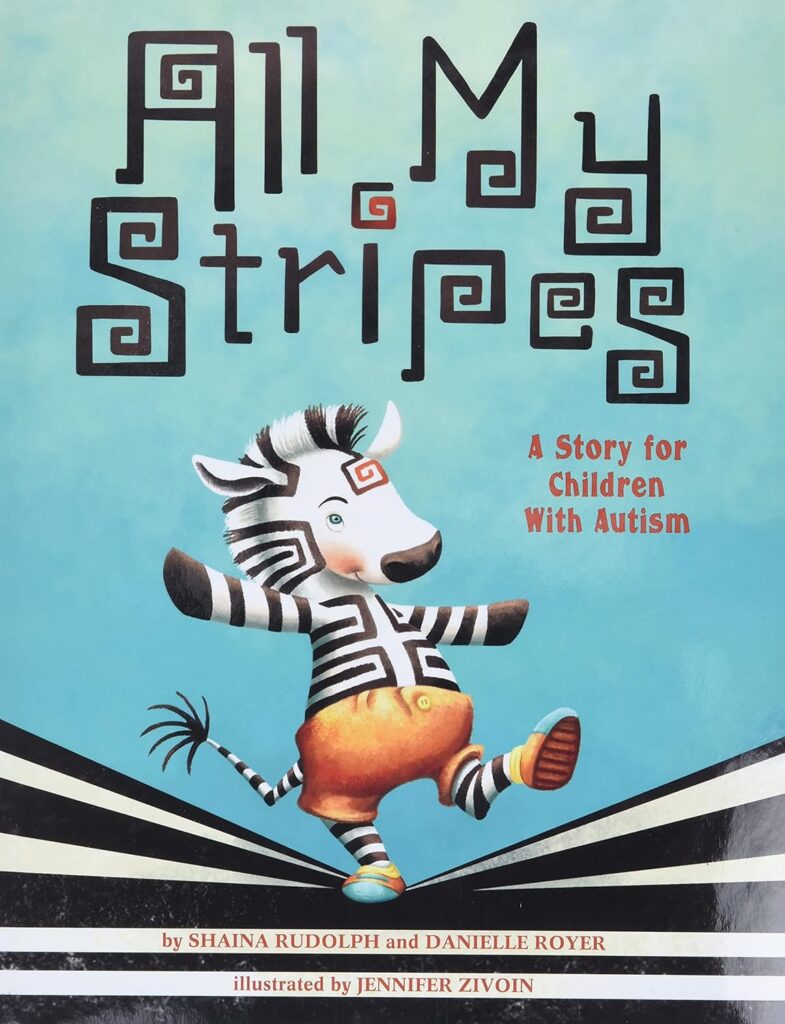
All My Stripes: A Story for Children with Autism
by Shaina Rudolph, Danielle Royer, and Jennifer Zivoin
This is an amazing book following Zane, the zebra who notices that his “autism stripe” is different from other children’s. His mom helps him to see that he has other “stripes” that make up his character and that he is not defined by autism. My daughter loved this book, and we talked about all the unique strengths that all children have.
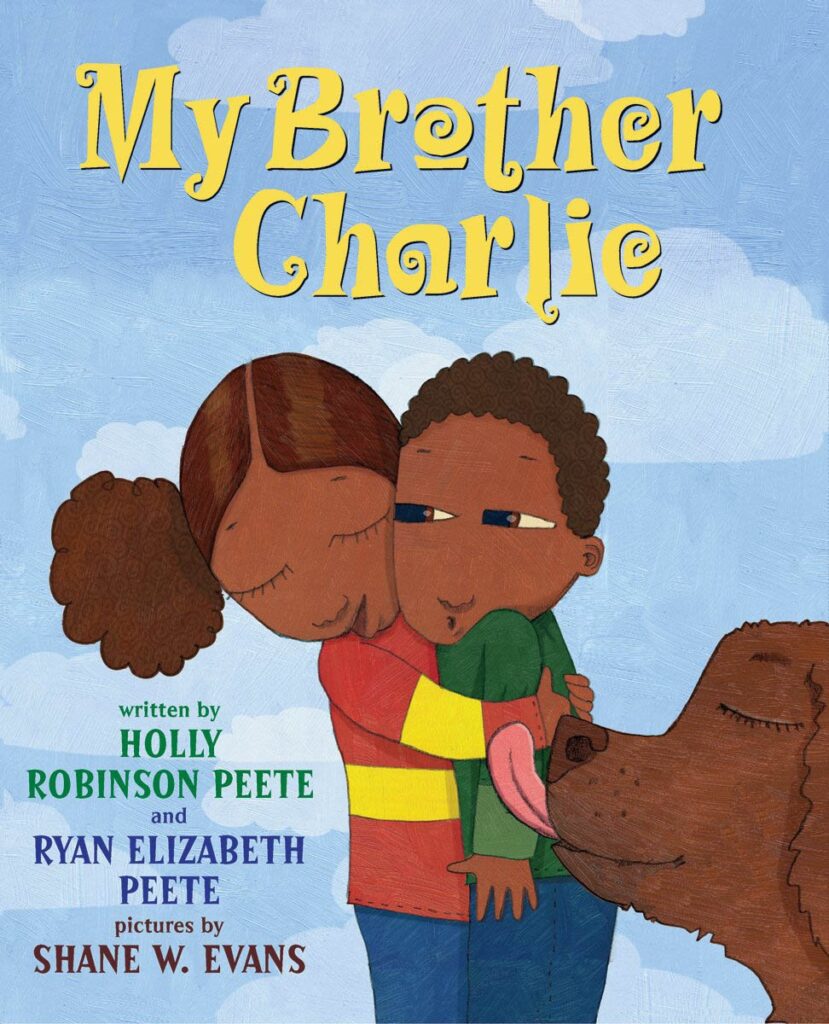
My Brother Charlie
by Holly Robinson Peete, Ryan Elizabeth Peete, and Shane W. Evans
This is a sweet story from the sister’s point of view, describing the uniqueness of her twin brother, who has autism. My daughter and I talked about our unconditional love for our family members and that each child is special.
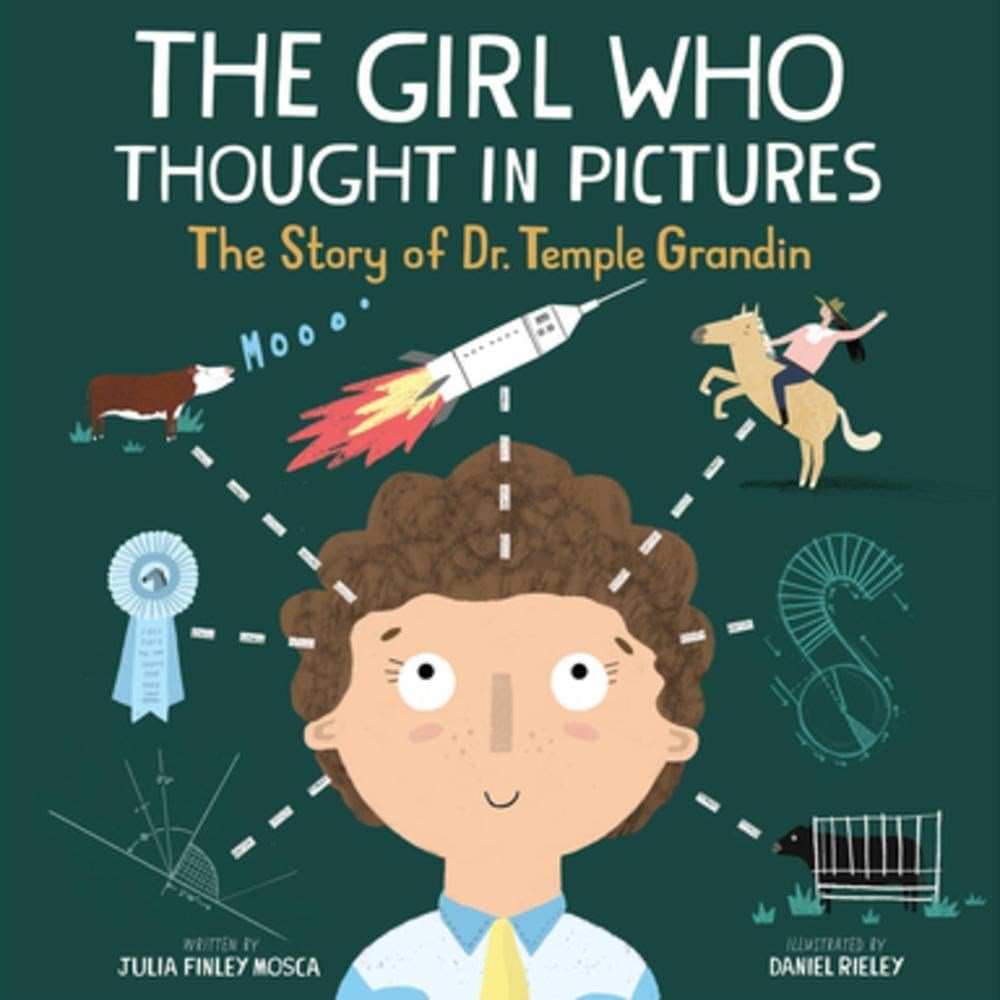
The Girl Who Thought in Pictures: The Story of Dr. Temple Grandin
by Julie Finley Mosca and Daniel Rieley
This story (through engaging, rhyming text) introduces the childhood life of Temple Grandin and what it was like for her growing up as a child with autism in the 1950s. Her visual thinking abilities led her to invent award-winning structures for farms around the world. My daughter was shocked that some people had suggested Temple be sent away. But Temple moves to a farm where she begins her journey of connecting with animals and coming up with improvements for their living spaces. It’s an awe-inspiring story of a young girl who overcomes adversities and has become a globally recognized scientist.
GET YOUR 3 POSTERS HERE
Other Books about Children with Autism
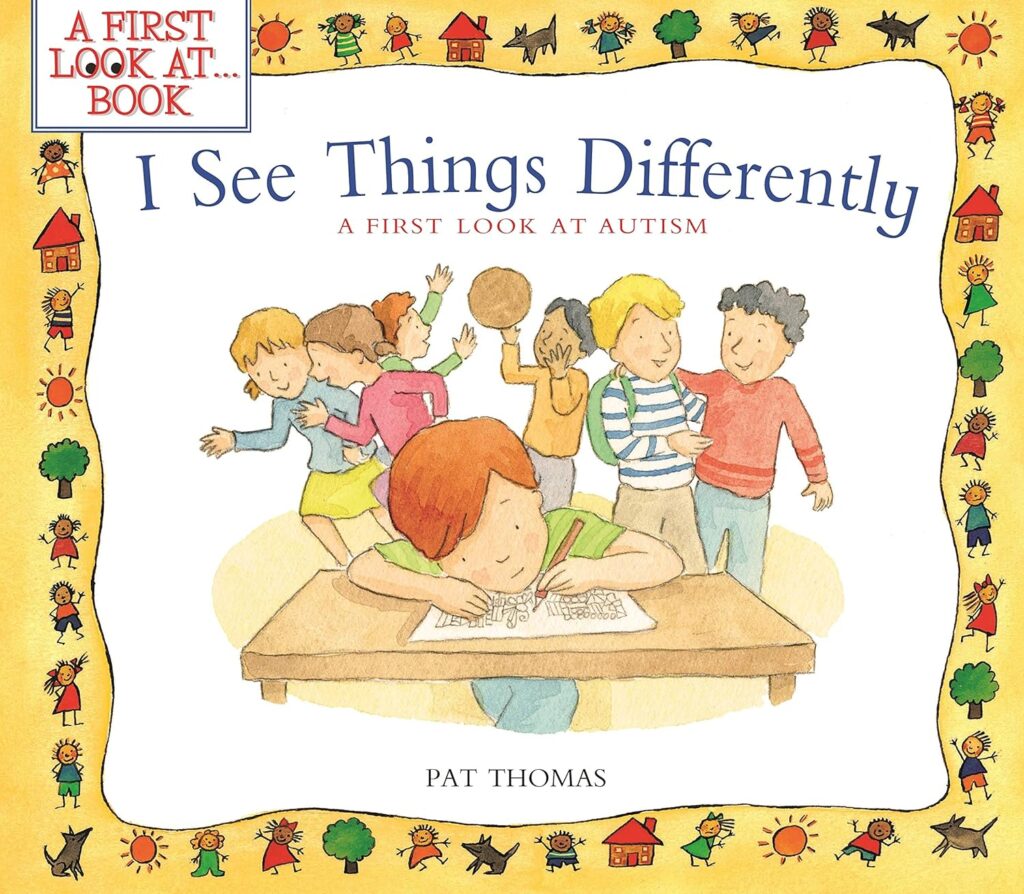
I See Things Differently: A First Look at Autism
by Pat Thomas
This book explains in simple terms what autism is and how it might feel from the perspective of the child with autism.
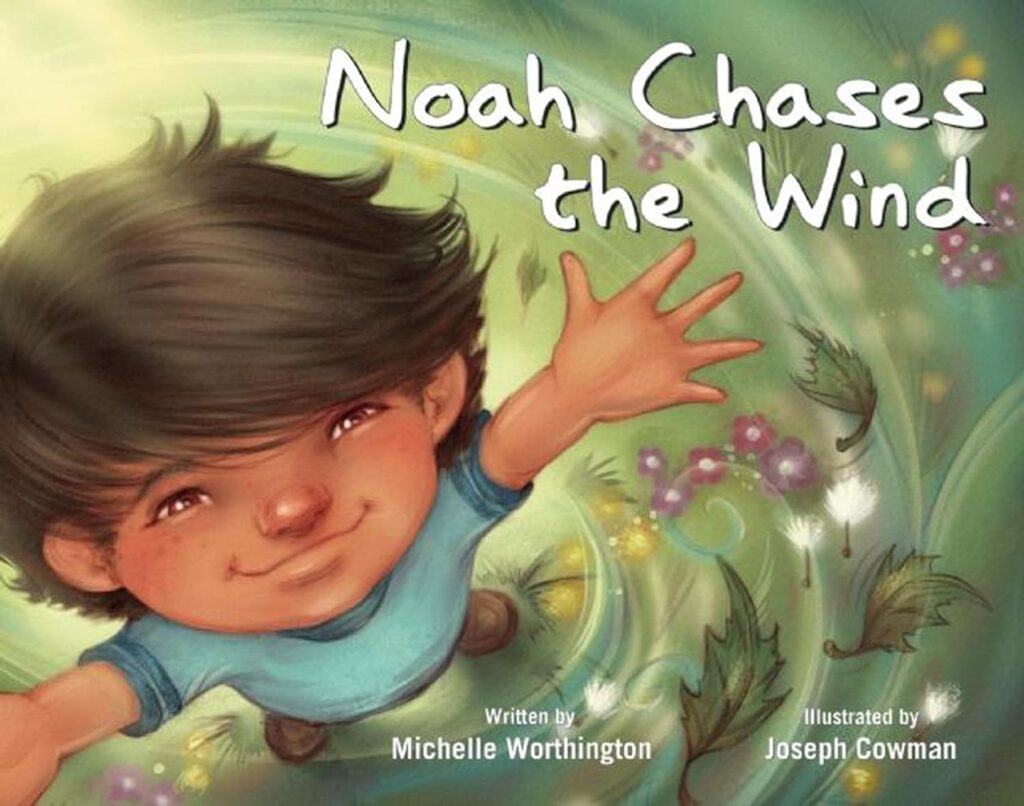
Noah Chases the Wind
by Michelle Worthington and Joseph Cowman
It had beautiful illustrations, but my daughter thought it was a bit unbelievable that he could fly.
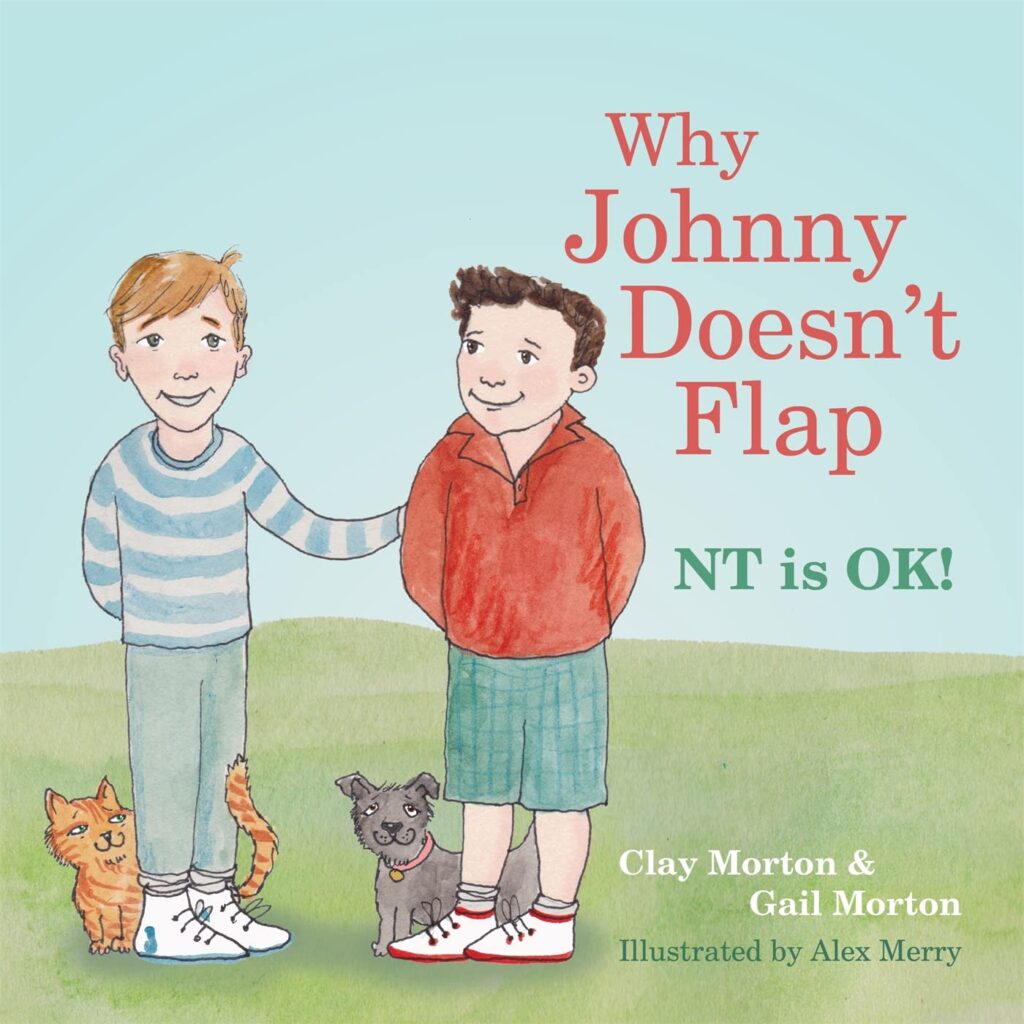
Why Johnny Doesn’t Flap, NT is OK!
by Clay Morton and Alex Merry
This book is written from the perspective of a child with autism.
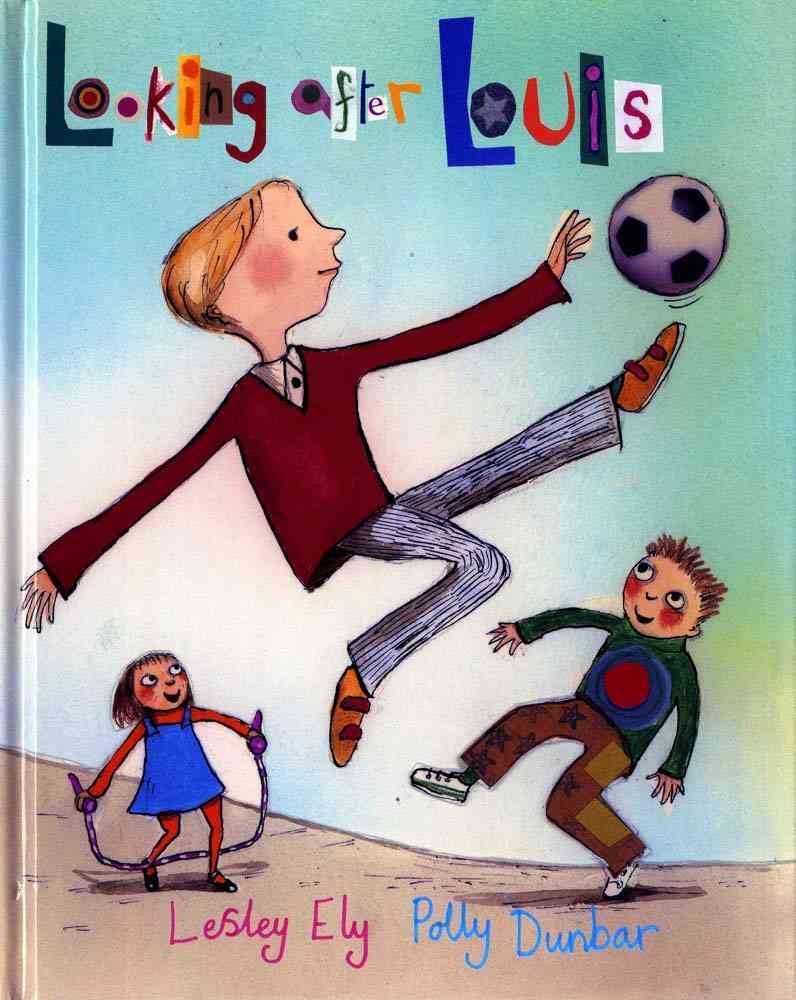
Looking After Louis
by Lesley Ely and Polly Dunbar
The story follows a girl who looks after her new classmate, who has autism.
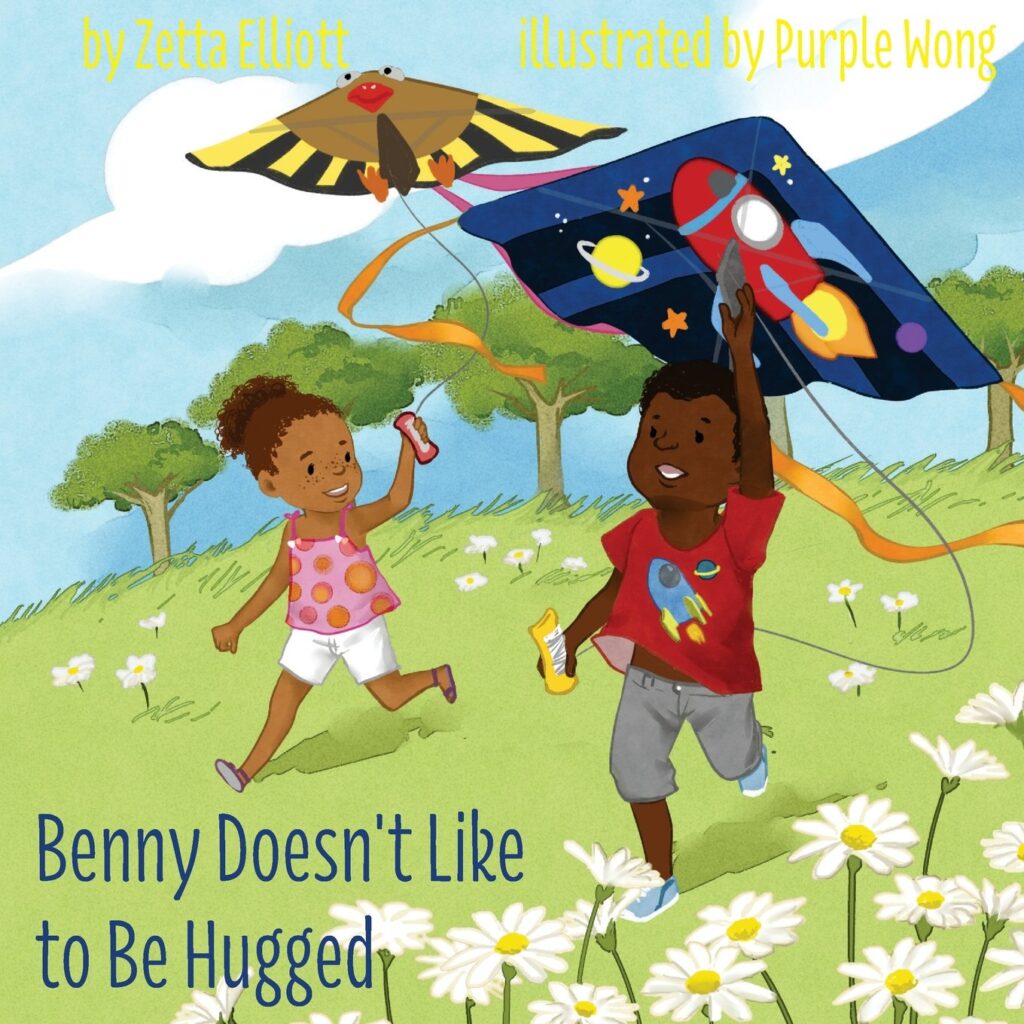
Benny Doesn’t Like to be Hugged
by Zetta Elliott and Purple Wong
This simple, rhyming text is about a girl who is describing her friend, who has autism.
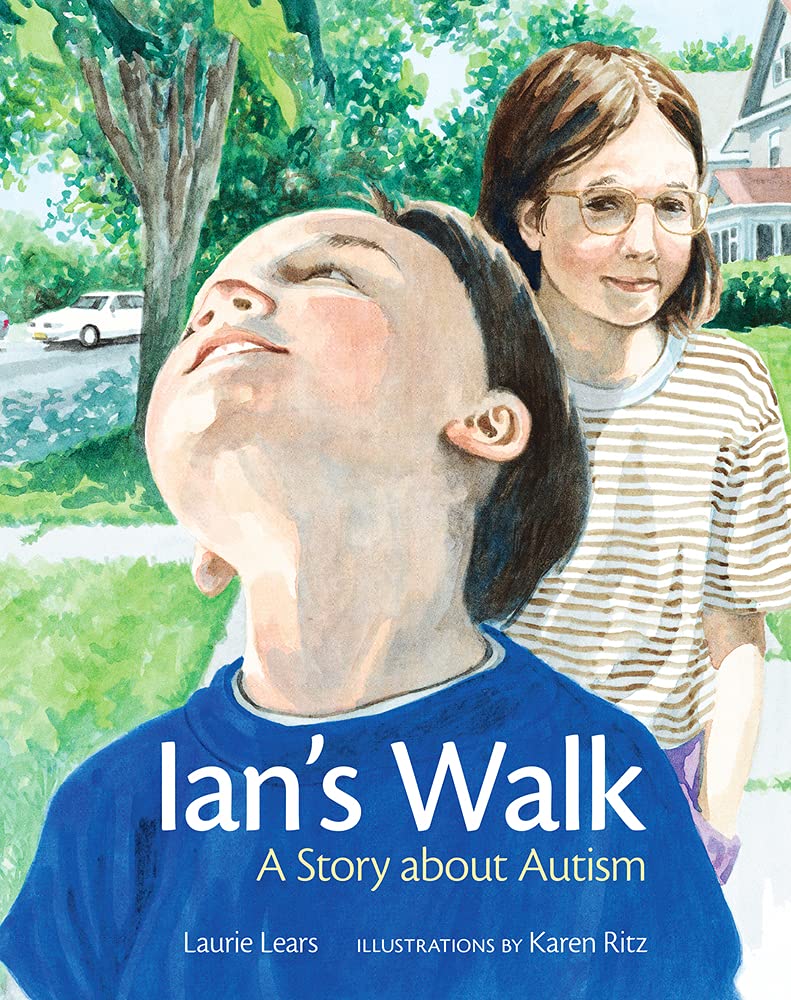
Ian’s Walk: A Story about Autism
by Laurie Lears and Karen Ritz
The story follows a sister who takes her brother (who has autism) for a walk to the park.
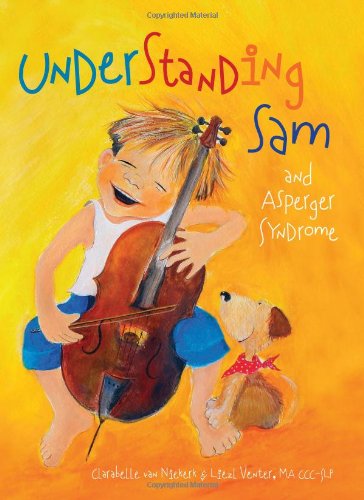
Understanding Sam and Asperger Sydrome
by Clarabelle van Niekerk and Liezel Venter
The book follows a boy who is at first undiagnosed and details all his unique differences. Once he is diagnosed, life becomes easier for him and everyone as they begin to embrace his uniqueness.
Do you have any other books on autism to recommend? Please tell us in the comments below!
4 Yoga Poses for Children with Autism
I asked the mom of the child who has autism if he had any favorite yoga poses, and she said that he loves playing with yoga cards. Using the Kids Yoga Stories yoga pose cards gives him the flexibility to practice whichever poses he likes.
His favorites are Tree Pose, Butterfly Pose (Cobbler’s Pose), Do Nothing Doll (Resting Pose), and Bridge Pose. His mom thinks that he likes these poses because he enjoys the challenge of staying still in each one. She went on to say that they each require different muscle groups to get them just right, and he enjoys teaching her how to do them correctly.
1. Tree Pose
How to practice Tree Pose: Stand on one leg. Bend the knee of the leg you are not standing on, place the sole of your foot on the opposite inner thigh or calf, and balance. Sway like a tree in the breeze. Pretend to add leaves to your tree. Switch sides and repeat the steps.
2. Cobbler’s Pose
How to practice Cobbler’s Pose: Sit on your buttocks with a tall spine, bend your legs, place the soles of your feet together, and gently flap your legs like the wings of a butterfly.
3. Bridge Pose
How to practice Bridge Pose: Lie on your back with your knees bent and your feet flat on the ground. Rest your arms down alongside your body, with your palms flat on the ground. Tuck your chin in to your chest and keep your spine straight. On an inhale, lift your buttocks to create a bridge.
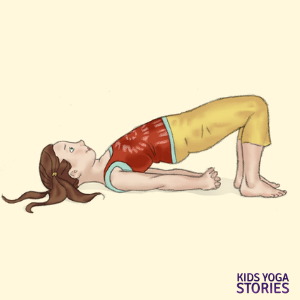
4. Resting Pose
How to practice Resting Pose: Lie on your back with your arms and legs stretched out like a sea star. Breathe and rest.
MAY WE SUGGEST
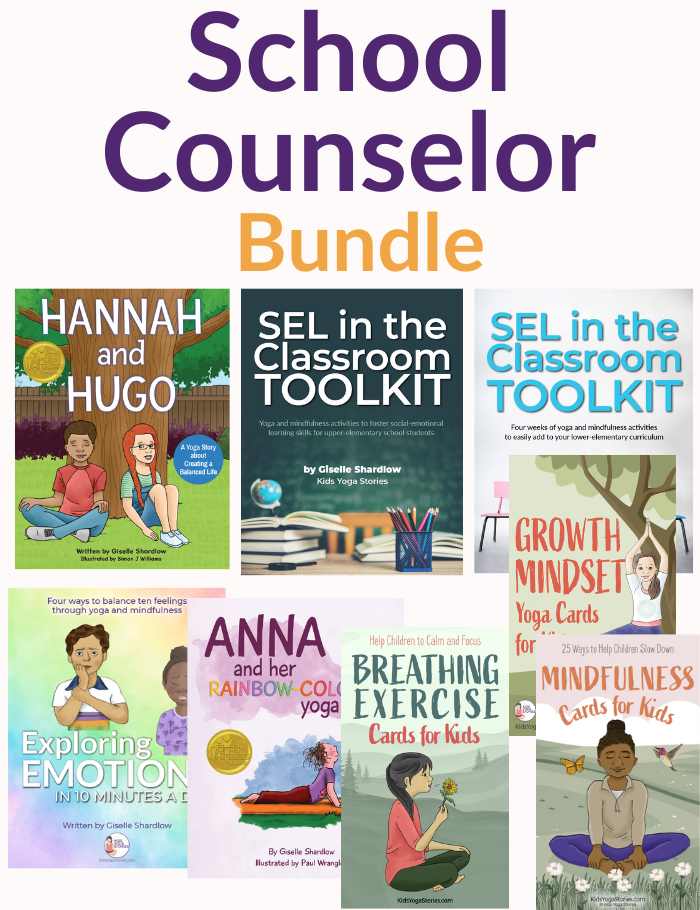
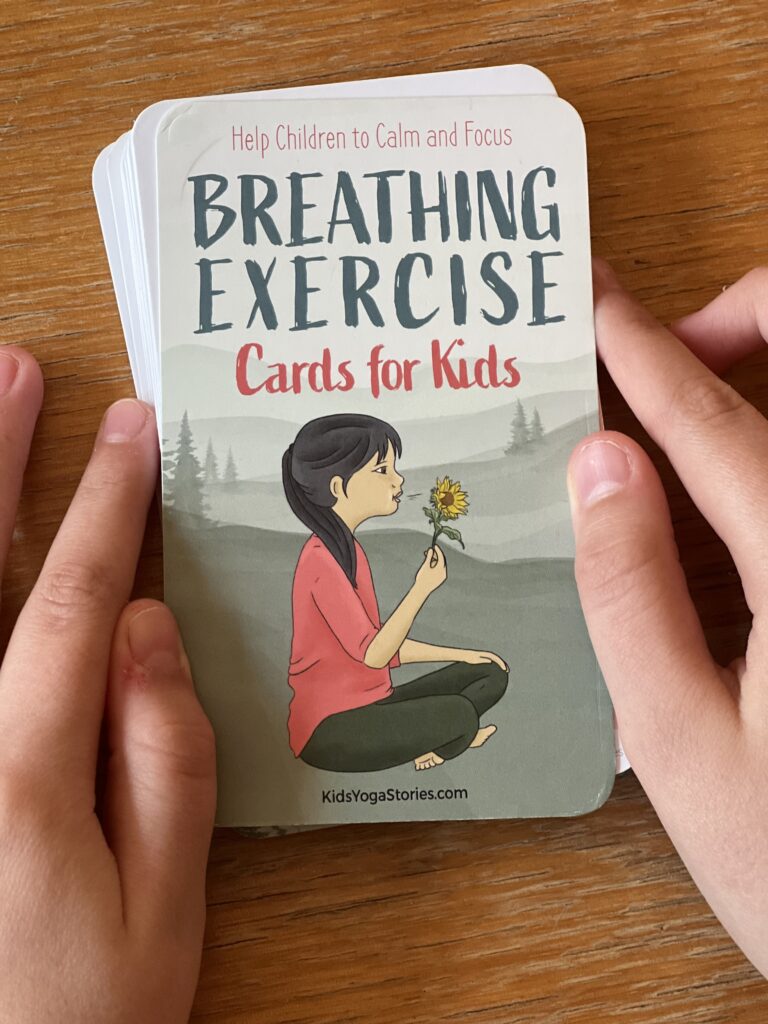
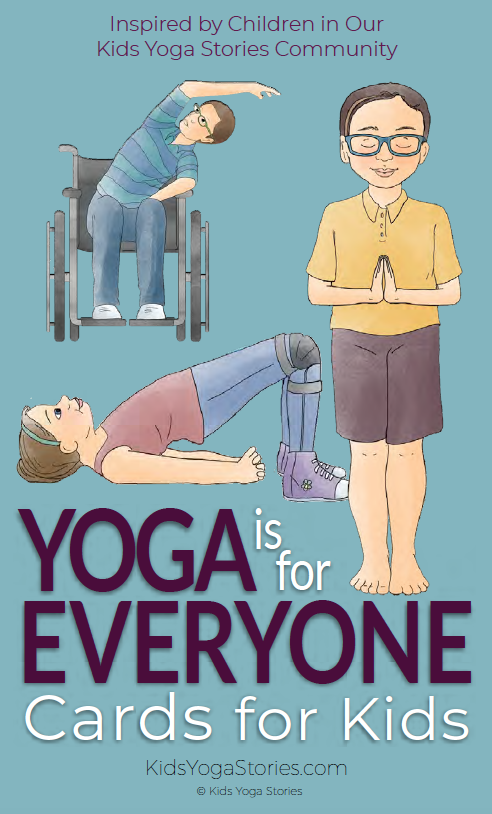
YOU MIGHT ALSO LIKE
SAVE FOR LATER
